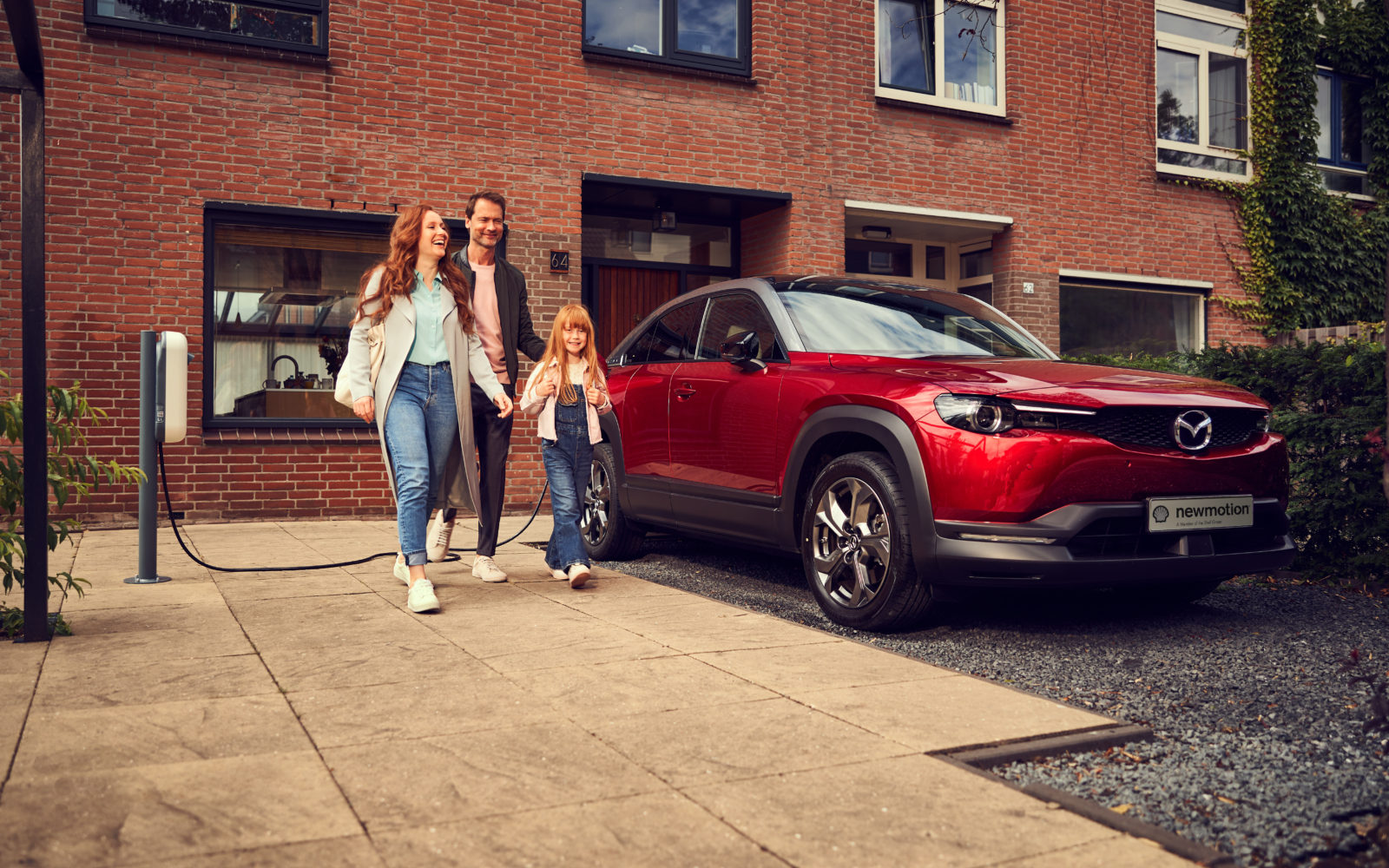Big steps made in roaming partnerships
EV adoption is undoubtedly on the rise and NewMotion is on a mission to enable everyone to drive as many clean miles as possible. Next year, mobility and roaming partnerships will be key in giving consumers and businesses the confidence they need to make the switch to e-mobility. Roaming partnerships create a more connected charging network for drivers and provide greater interoperability, helping to ease the pressure of range anxiety. The need is urgent, and 2021 will likely see some big steps being made on this front. We’re looking forward to the day when roaming will be a normal thing for the UK.
Charging infrastructure to scale up, fast
To meet the increasing demand for EVs, charging infrastructure will need to scale up, fast. Whilst the EU emissions target shows that vital policy support for effective charging infrastructure is coming, we must also see greater collaboration amongst charging solution providers across Europe to achieve such a target; at home, at work and on-the-go.
Now is a good time for businesses building back from the crisis to look at how they can bring their strategy into line with the growing adoption of EVs: we shouldn’t be surprised if we see electrification become prominent in businesses’ recovery plans, for example in the form of workplace chargers and (partly) reimbursement of home charge points.
EVs to help provide grid flexibility
As the world’s energy system evolves, we’re seeing bigger investments in renewable energy, including new mobility options such as EV charging. The growing number of EVs connected to the grid makes smart charging even more important to support the integration of renewable energy.
As the UK continues to expand the share of renewable energy in the national power mix, it will face a significant challenge in terms of the inconsistency of supply. In 2021, ways of using EVs to support the national grid, by managing power draw in response to supply, will become mainstream. Businesses rolling out charging solutions will also become more familiar with smart charging management to help fulfil business needs.
Steve Day, chief technology officer, Social Energy
A greater emphasis on a seamless transition
2020 has seen a number of smart and flexibility-focused domestic products and services emerge on the scene. I expect that to continue in 2021. However, where these solutions are often fragmented, requiring separate sign-up journeys and complex configuration steps, there will be greater emphasis on more seamless integration and interoperability, simplification, and importantly automation.
I expect to see more propositions emerging taking a whole-house view when it comes to domestic flexibility, seeking to co-optimise power and heat via hot water tanks, solar battery, EVs and heat pumps.
Social housing and solar
In 2021, we expect to see the start of significant projects for solar and battery storage in the social housing sector to help reduce tenant bills, enable landlords to meet their obligations and provide a return. Many social housing providers and investors took advantage of the feed-in tariff to equip their property portfolios with solar PV. However, since the end of the feed-in tariff (FiT) there have been several false dawns for battery storage in social housing, where the economics have been borderline, or simply not there.
The conditions are right for this to change in 2021, with investor risk appetite, favourable legislative drivers, falling battery costs and new revenue opportunities from flexibility all converging to create a positive case for investment.



